When viewing art — hanging art — the piece is often at eye-level, fostering a sense of coexistence between the artist and audience. Yet walking into the DePaul Art Museum’s showroom, displayed on the exhibit’s wooden floor are multiple pairs of red shoes — some naturally red, some matte with fire-red spray paint — spread in a spiral formation. It forces one to tilt their head down, a stature of either reverence or sorrow, taking the attention away from their surroundings. But the shoes that once walked the streets are now vacant, representing the lives that inhabited them.
Mexican artist Elina Chauvet hosted her “Zapatos Rojos” performance art piece on Thursday in conjunction with the Women’s Center and Global Initiatives celebration of International Women’s Day. The ongoing public art project began in 2009 to bring awareness to the femicide in Ciudad Juárez, Mexico, where over the span of three decades hundreds of women have disappeared each year.
When remains of the disappeared women are found, they are often identified by their shoes. Chauvet then began collecting shoes from those affected by violence, staging the shoes as if they were walking down the street as a metaphor of absence.
Artist Elina Chauvet discusses her ongoing public art project “Zapatos Rojos” at DePaul’s International Women’s Day event. (Madeline Happold, 14 East)
Framed by the sunset behind the El tracks on the museum’s second floor, the International Women’s Day event also hosted artists, poets, performers, and activists using art as a form of resistance. These artists included a mixture of DePaul students and faculty, as well as community members.
“When I think of International Women’s Day, I think of being able to hold the complexities,” said Ann Russo, director of the DePaul Women’s Center and one of the event’s organizers. “I think it’s like trying to think of ways that we not only resonate with but challenge us to think differently about things.”
Focusing on gender, race, culture and sexuality, the artists’ work showed a spectrum of experience, connected by resiliency and strengthened through their differences.
The event highlighted artists using their work as a means of resistance, including poetry and fashion. (Madeline Happold, 14 East)
“Across all of our differences and experiences we’re all connected,” said event coordinator Shana Bahemat. “I think that’s one of the things to take away — just immense gratitude for all the people that have come here to share what they’re doing and their struggles and transforming that into art and showing how art is resistance.”
In her presentation, translated by Juana Goergen, Chauvet spoke of the expanse of “Zapatos Rojos.” The piece has spread worldwide, collecting shoes and stories across continents to show the pervasiveness of violence. The shoes’ shockingly red hue, symbolizing both violence and vitality, demands attention to those affected. Those celebrated on International Women’s Day are united through solidarity by using art, according to Chauvet, to “make the impossible, possible.”
Header image by Madeline Happold



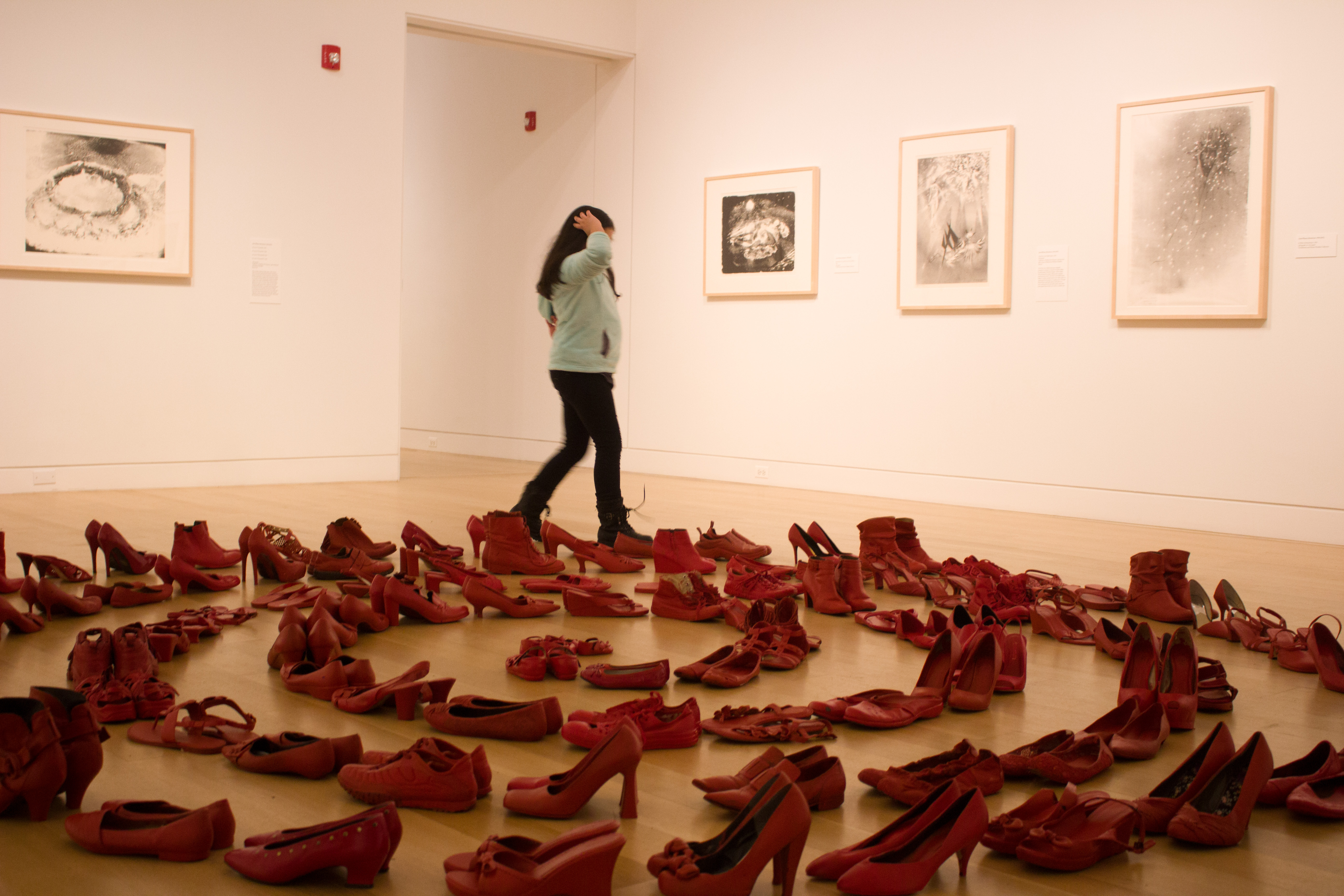
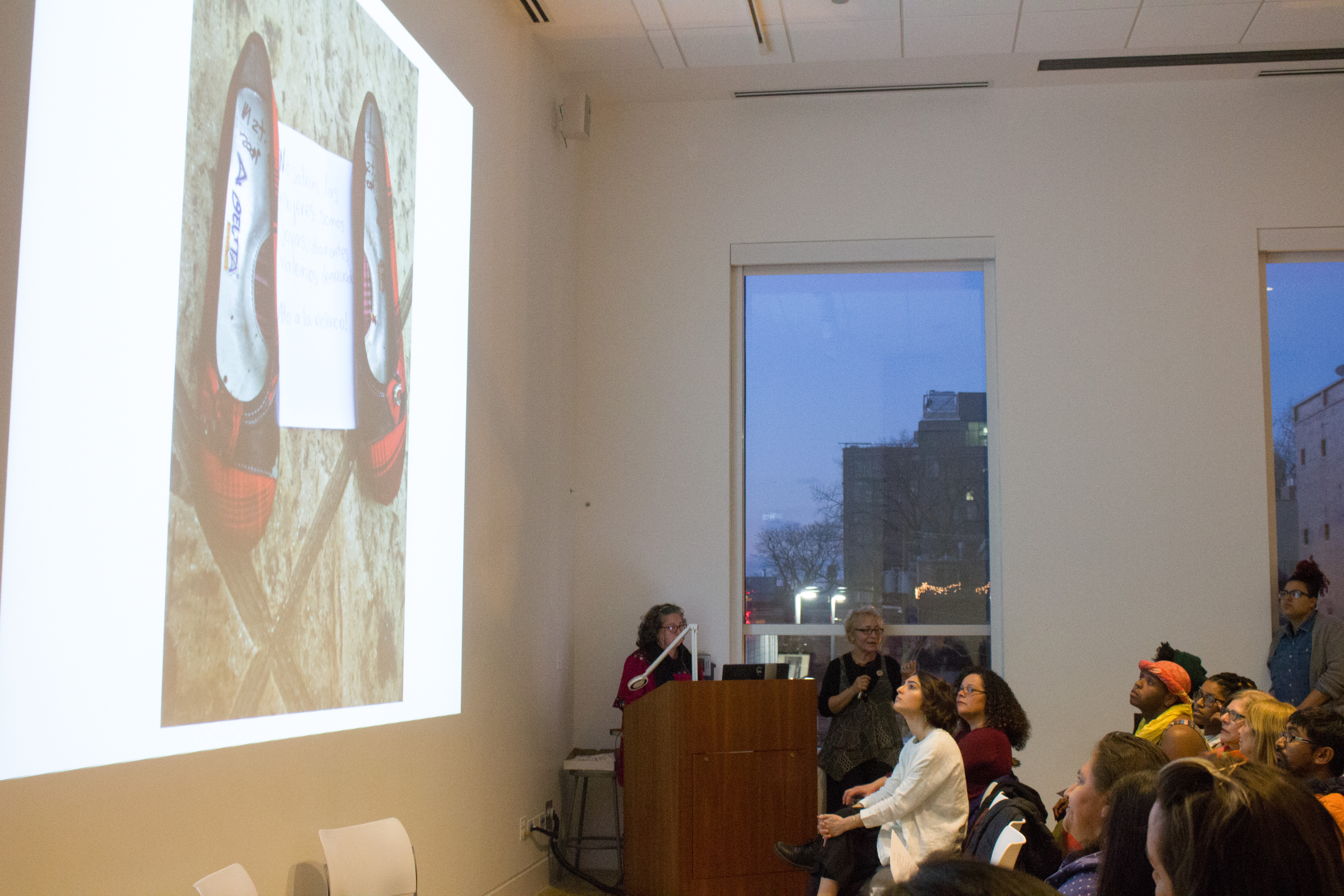
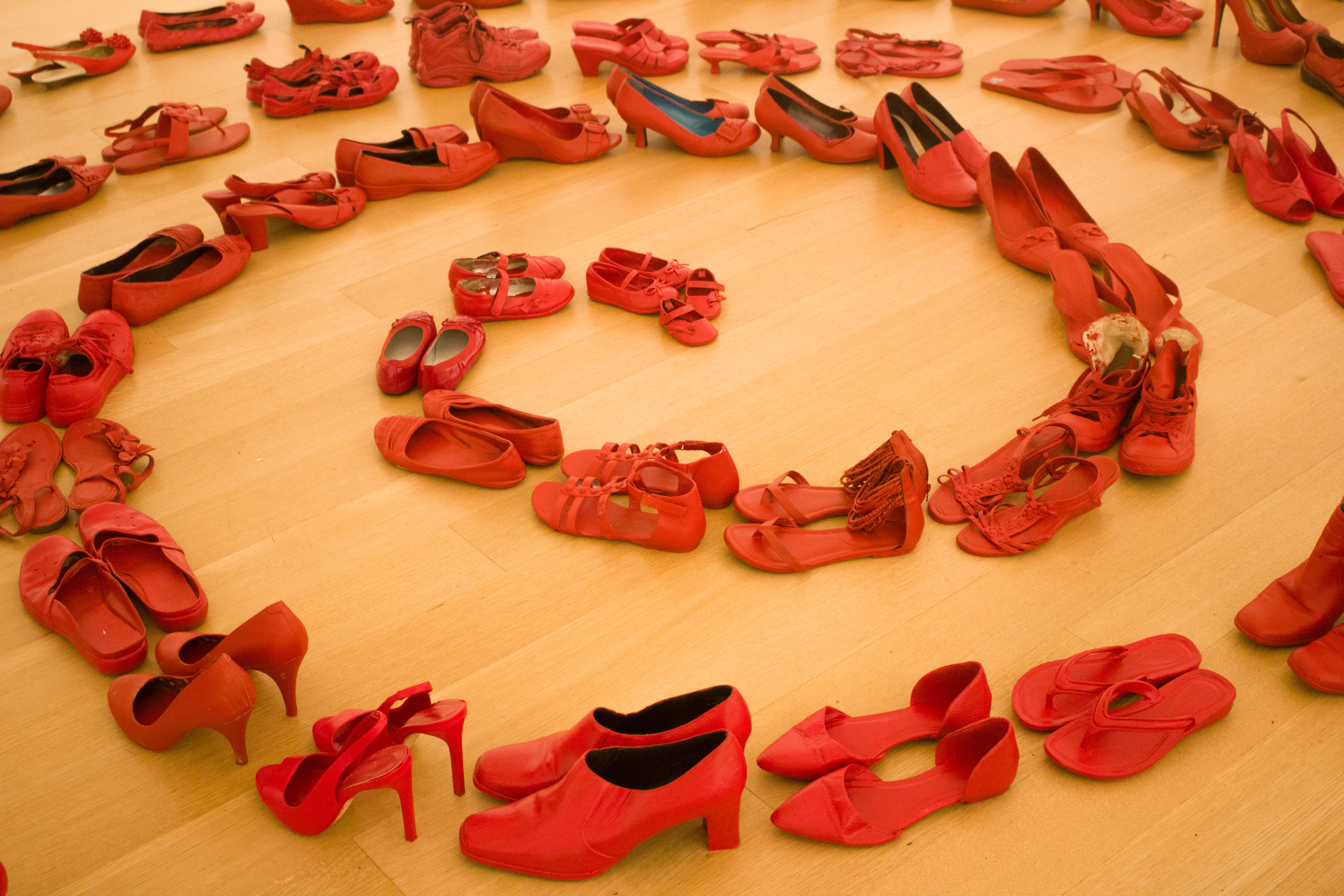

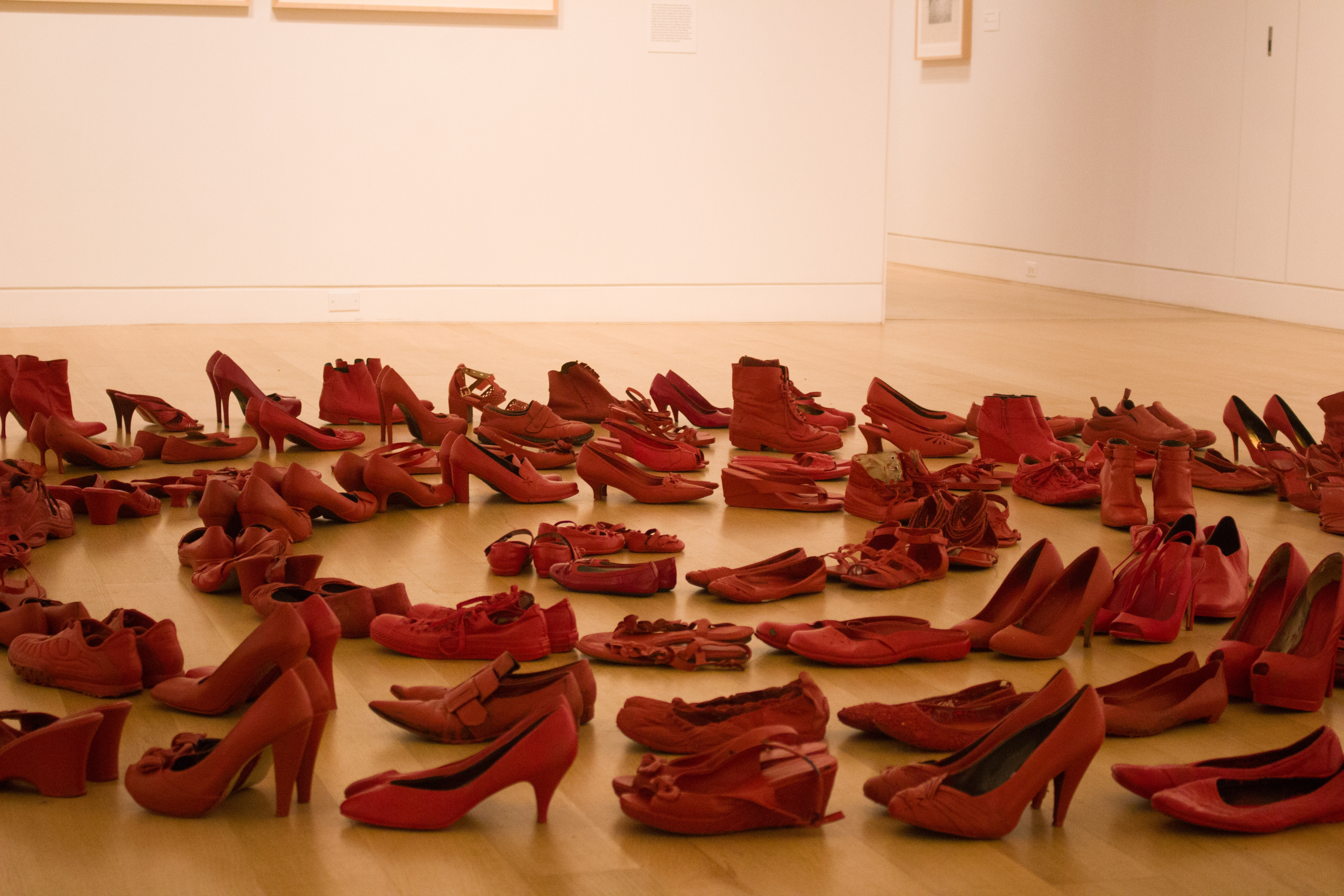
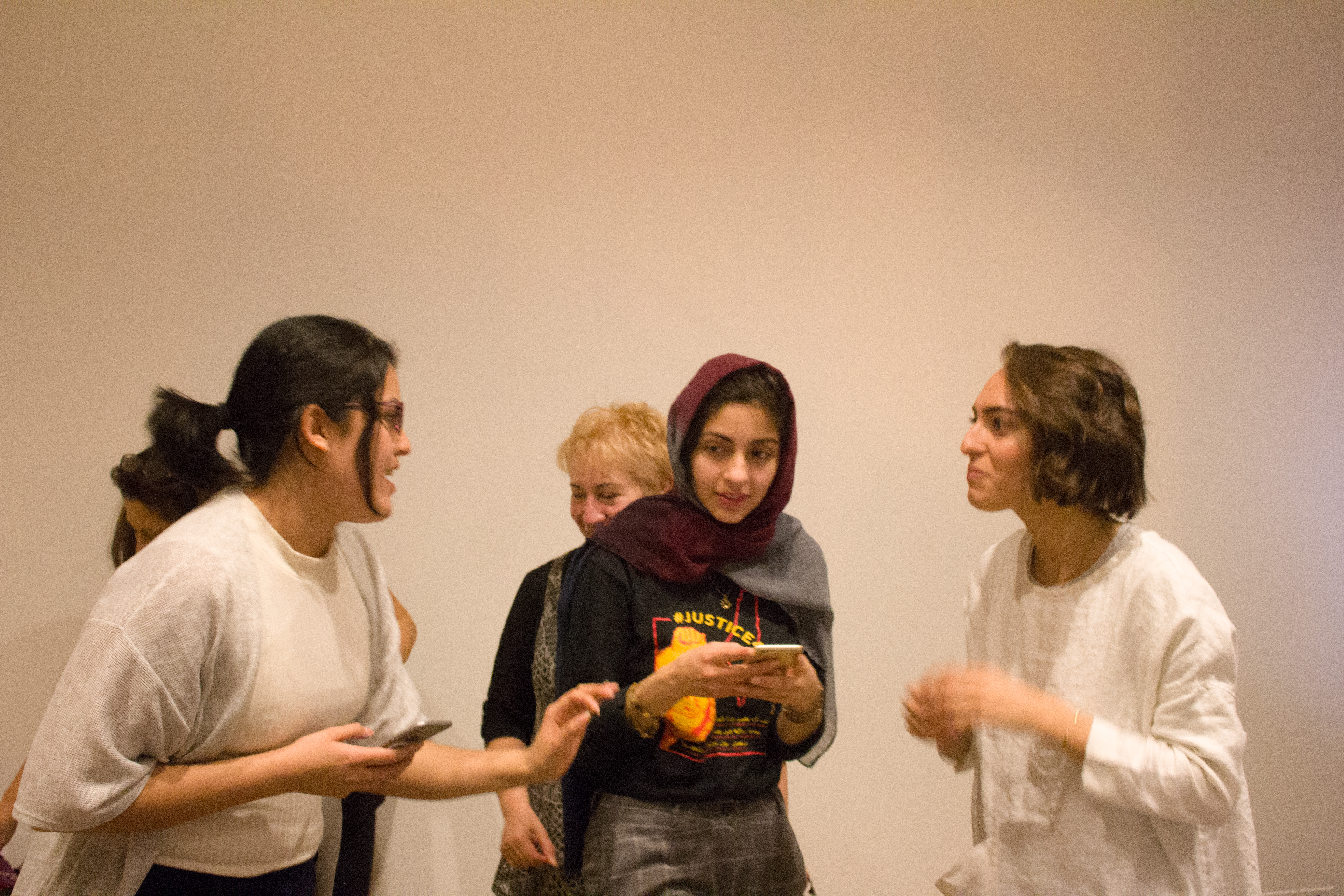
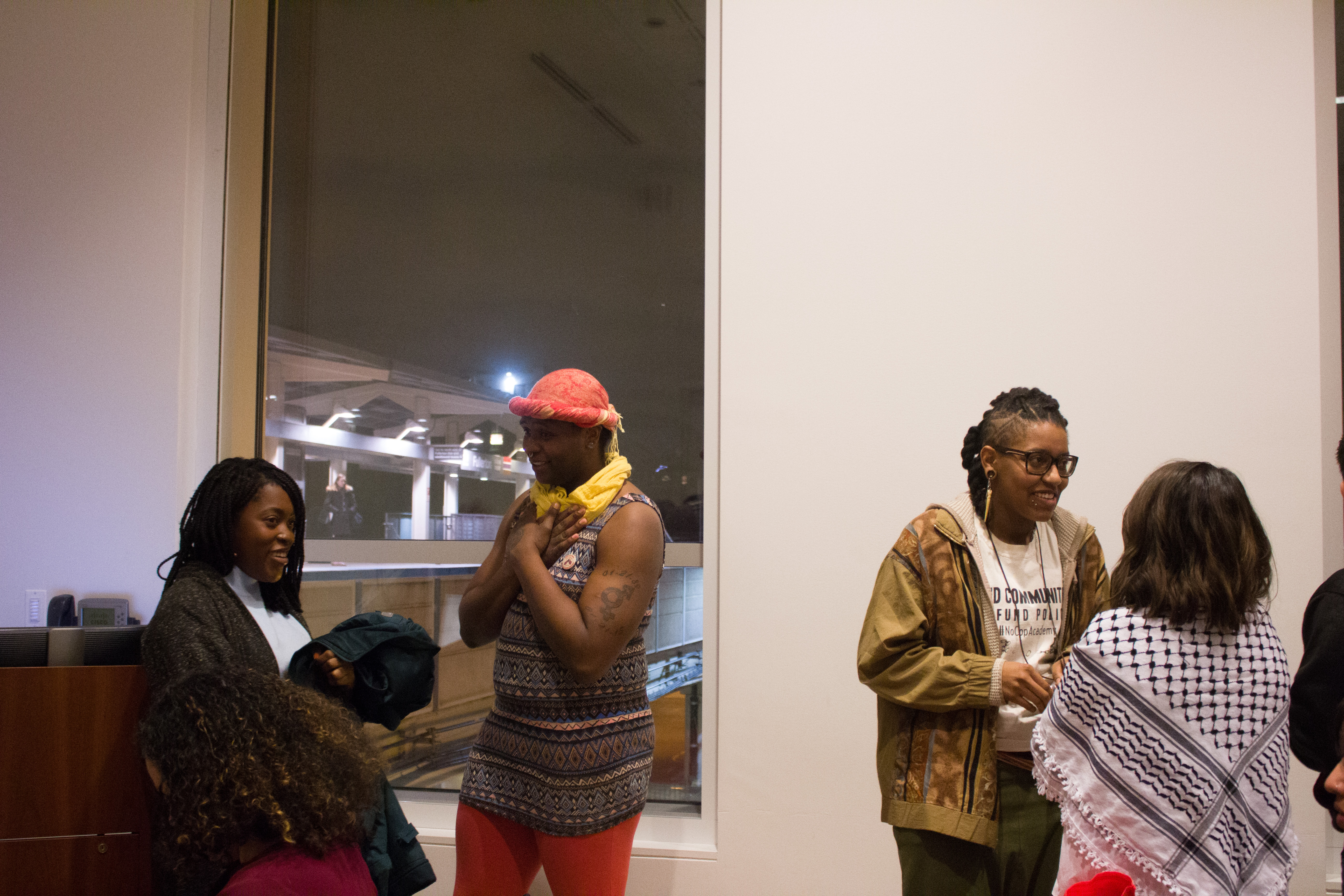

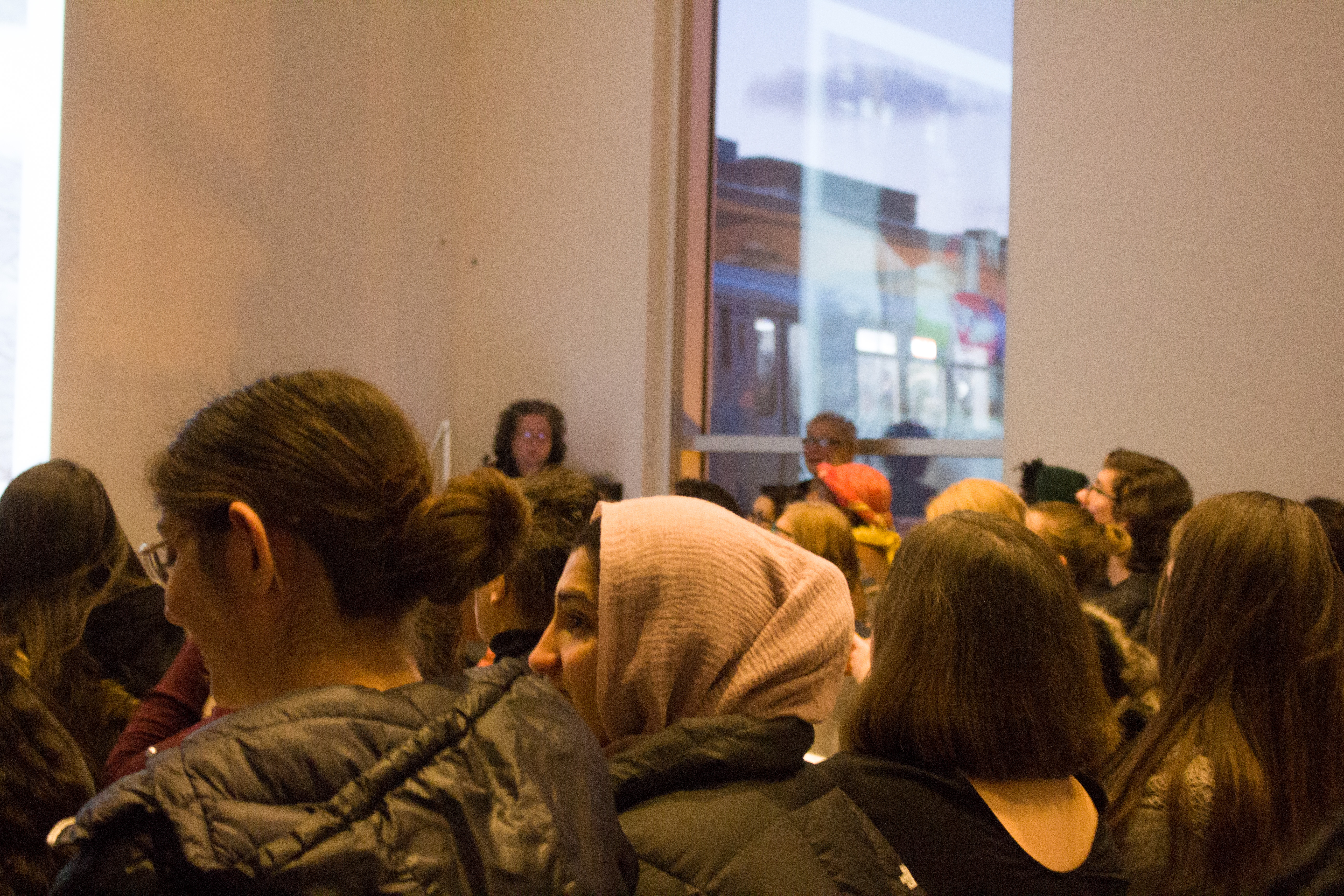


NO COMMENT